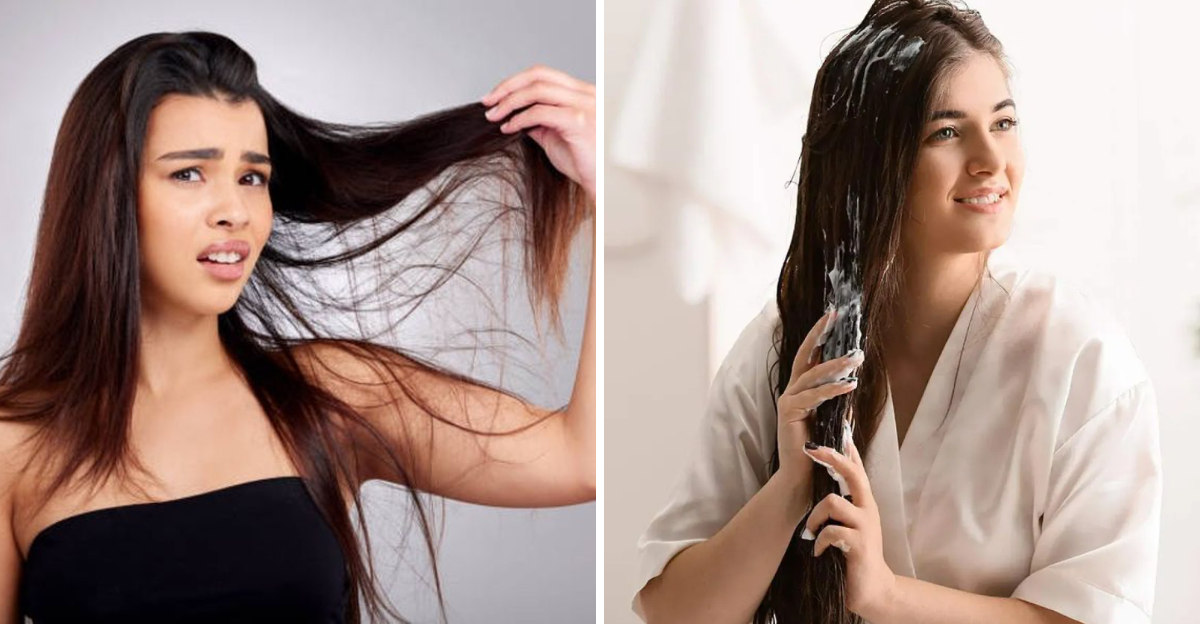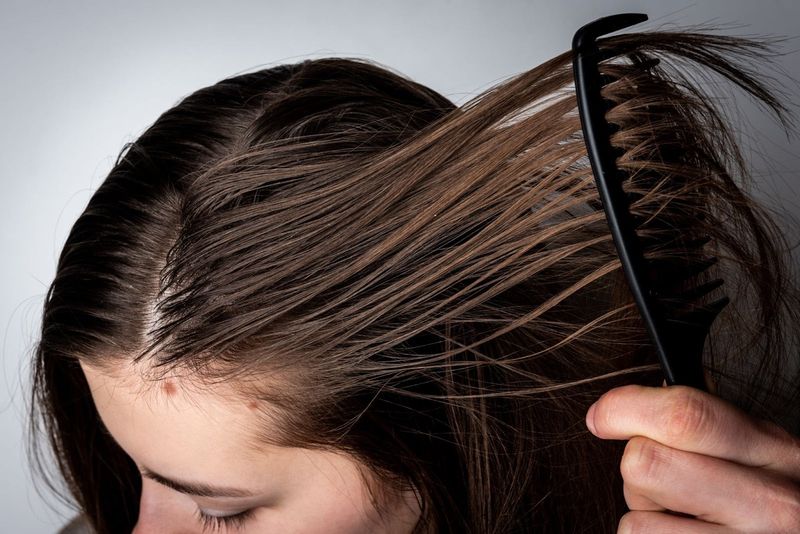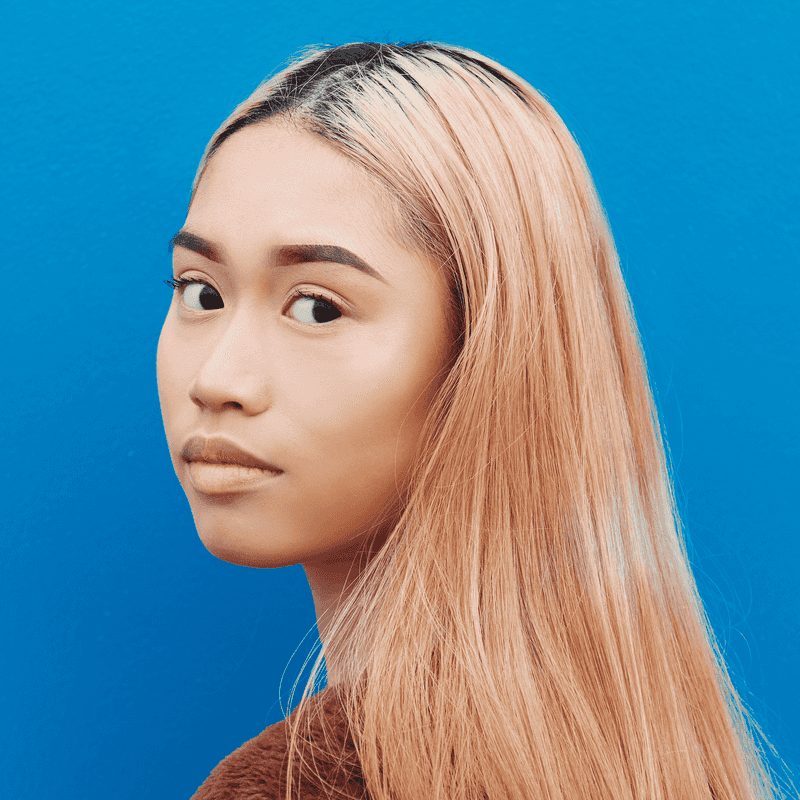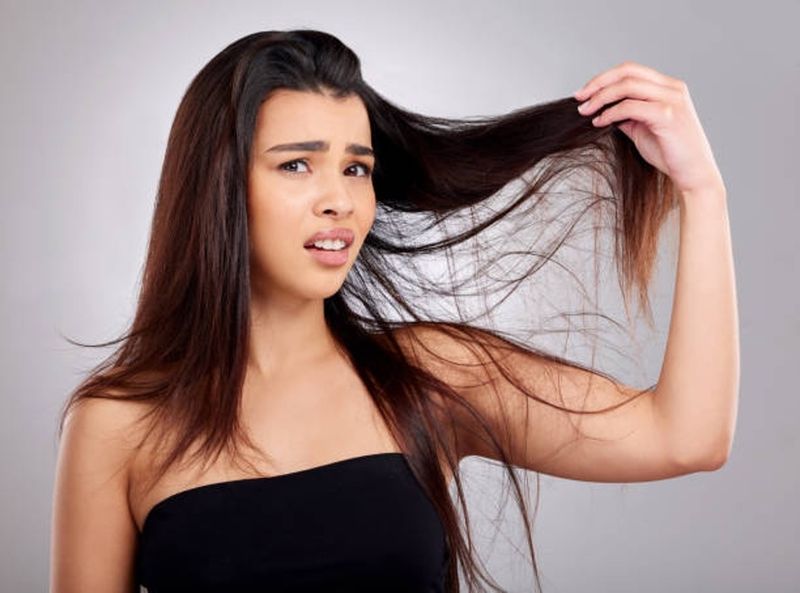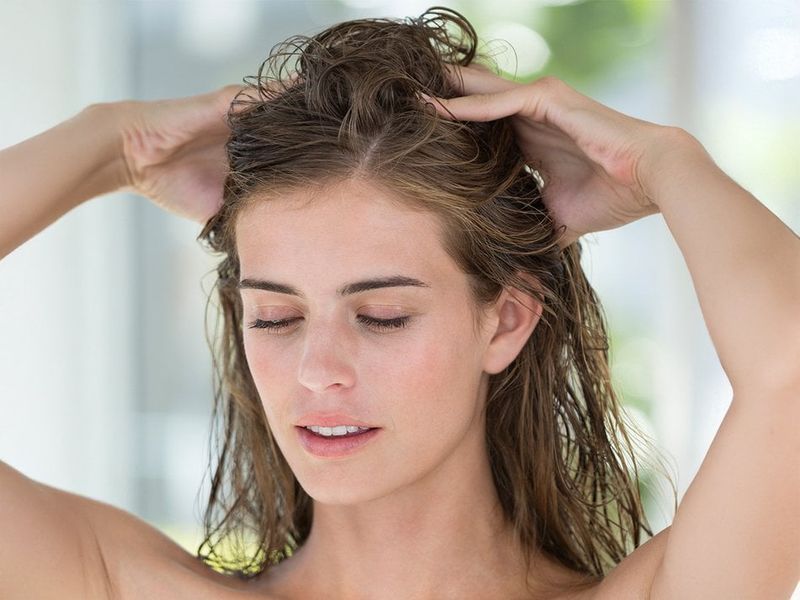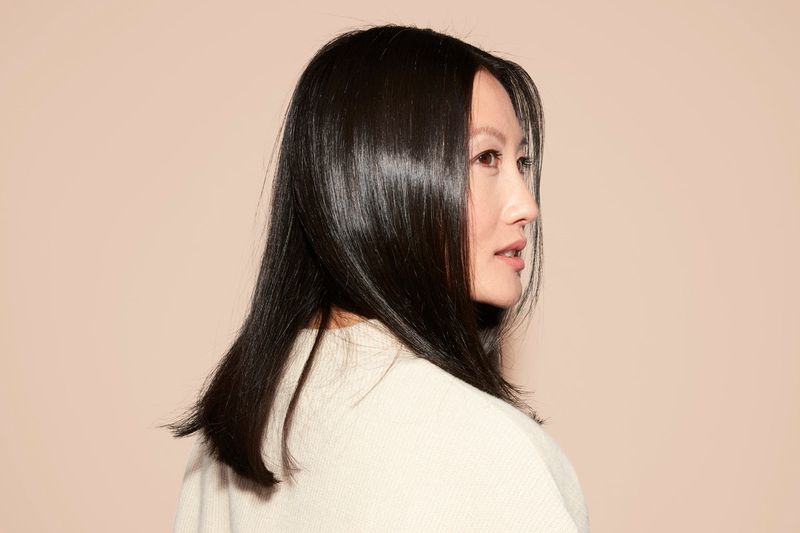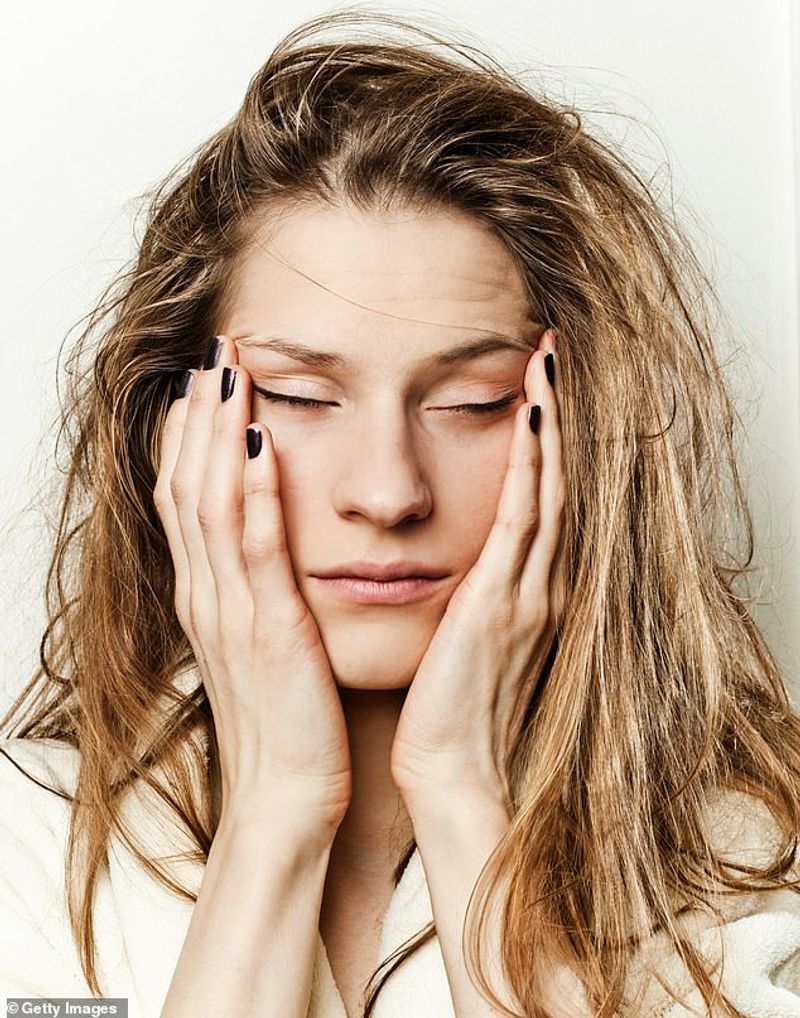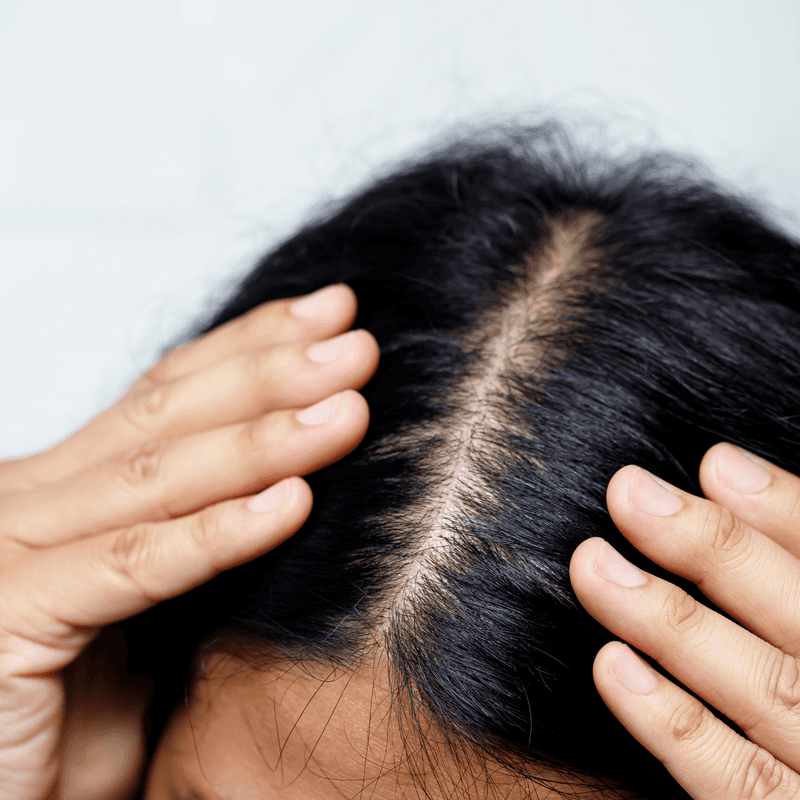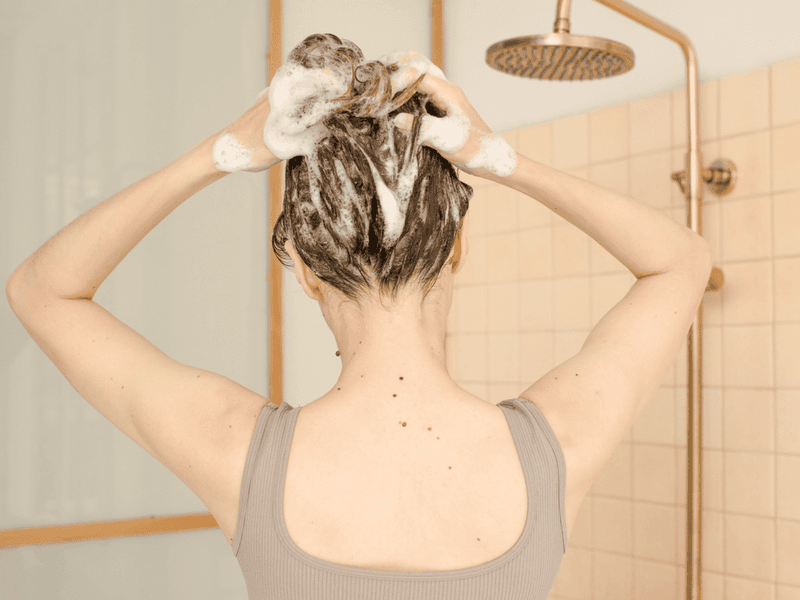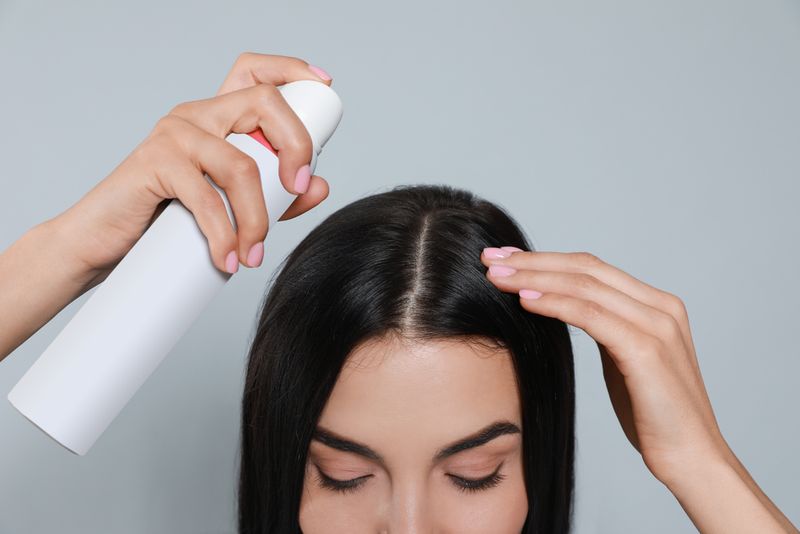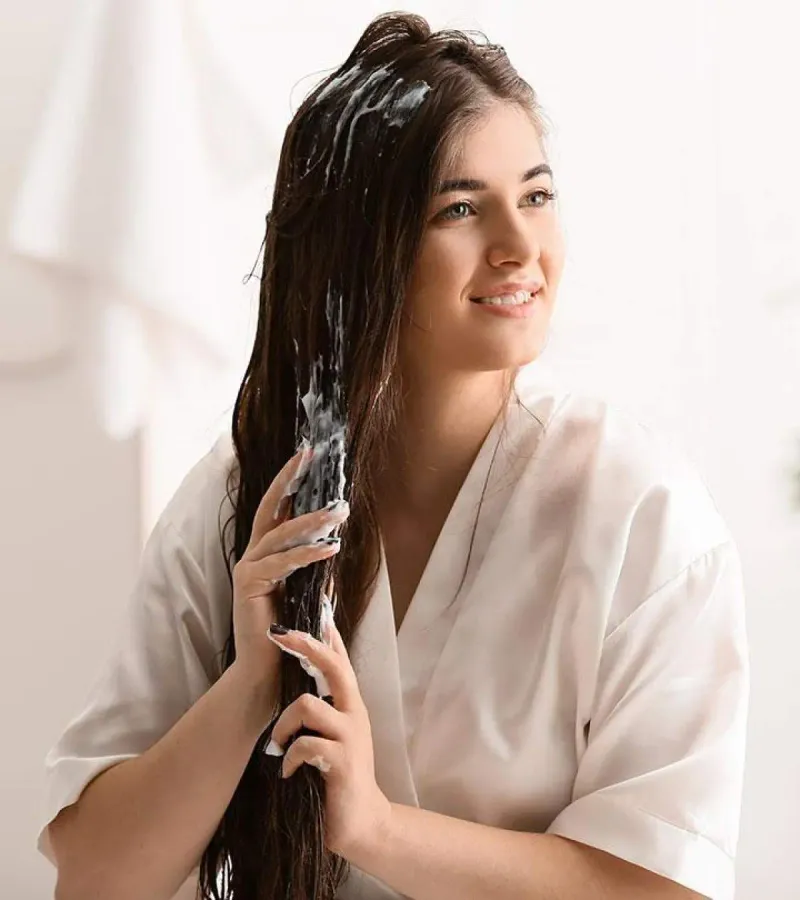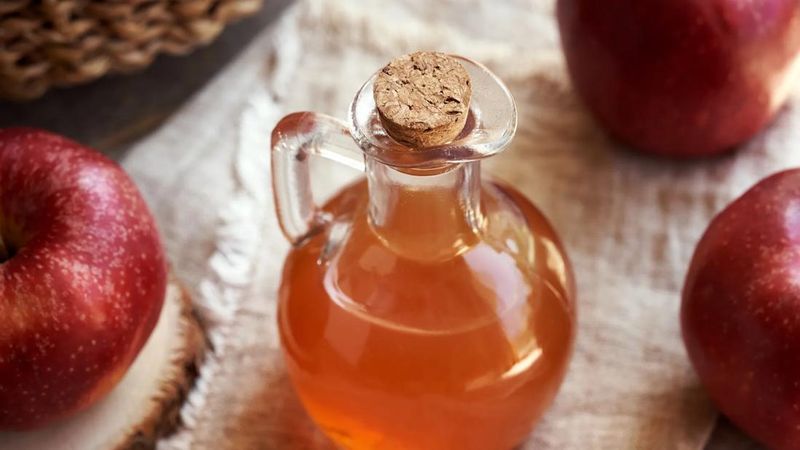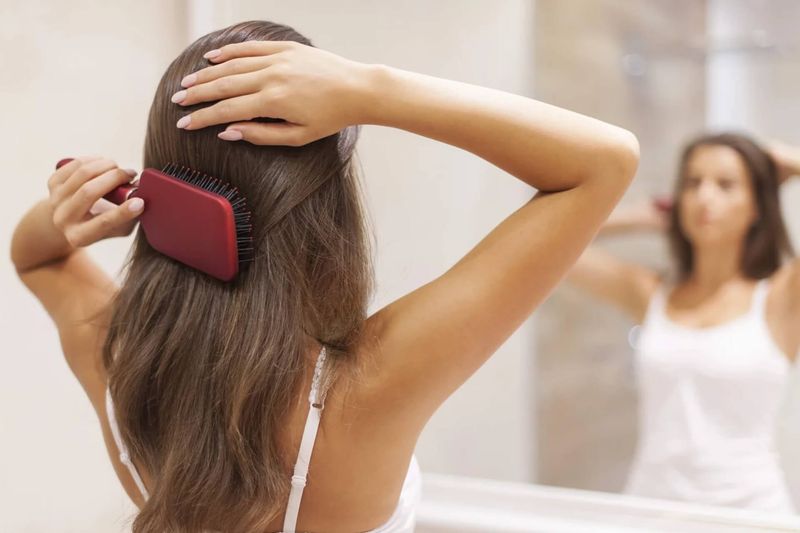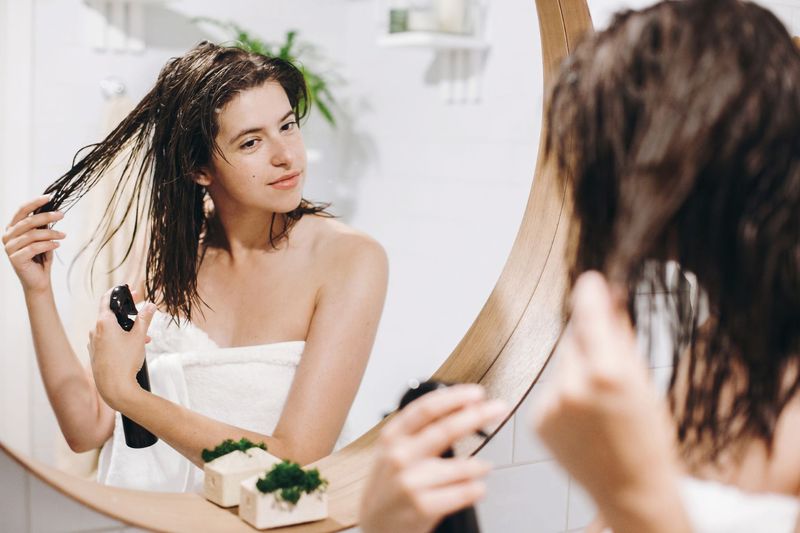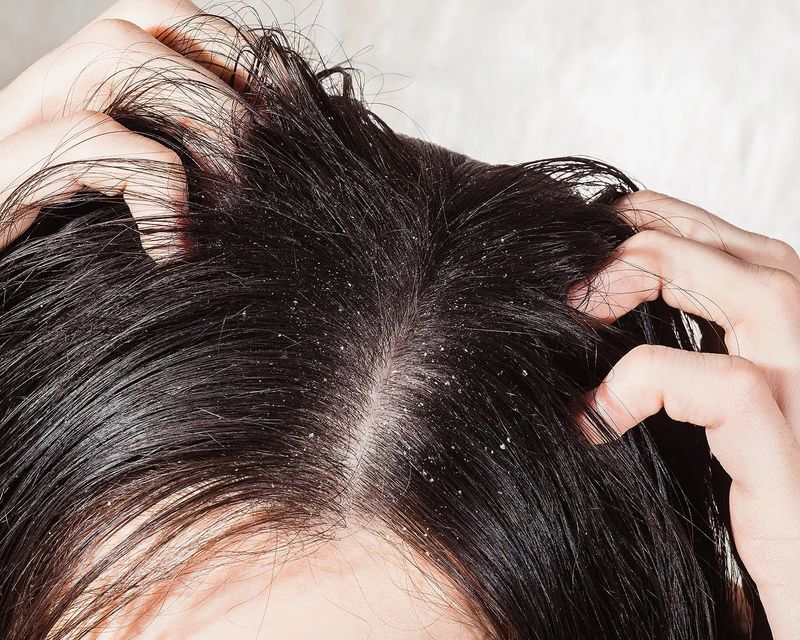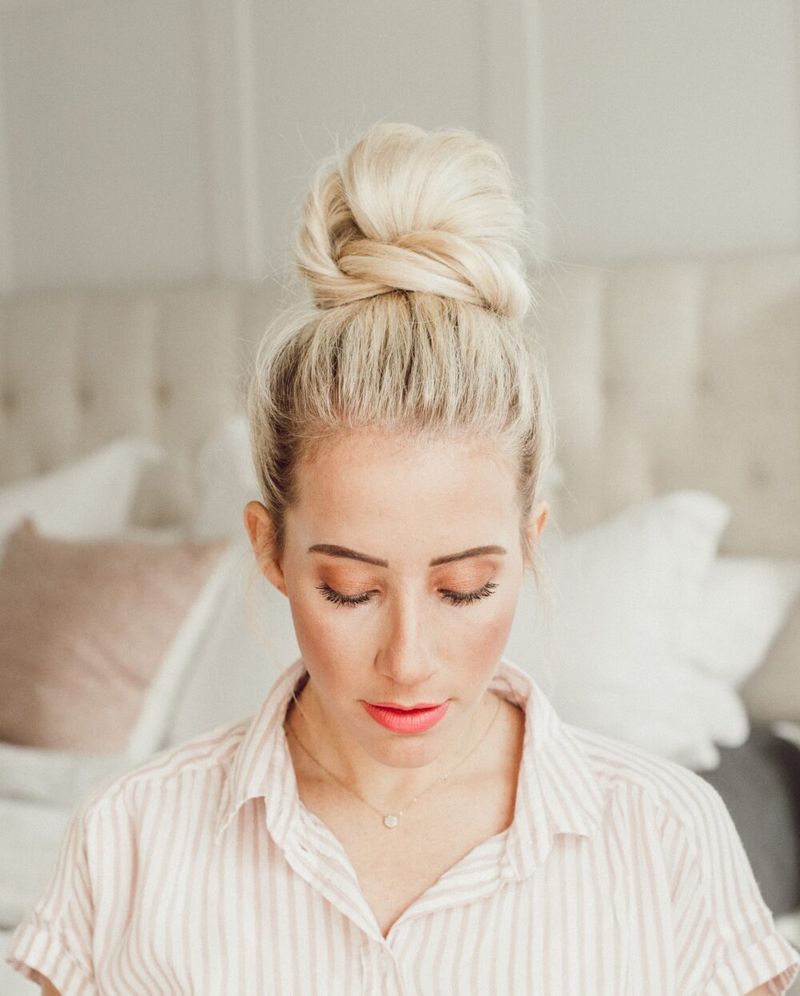Dealing with oily hair can feel like a never-ending battle against the shine. You wash it in the morning, and by afternoon, your locks look like they haven’t seen shampoo in days. Understanding why your scalp produces excess oil is the first step to finding a solution that works for your unique hair type. Let’s explore the common culprits behind greasy strands and discover practical ways to keep that unwanted shine at bay.
1. Overwashing Triggers Oil Production
Shampooing daily strips your scalp of natural oils, causing it to overcompensate by producing even more sebum. Your scalp essentially panics, thinking it needs to replace what’s been lost.
This vicious cycle leaves your hair greasier than before, despite your cleaning efforts. Finding the right washing frequency for your hair type breaks this counterproductive pattern.
2. Hormonal Fluctuations Increase Sebum
Puberty, pregnancy, and menstruation all trigger hormonal changes that can ramp up oil production in your scalp. These natural fluctuations explain why teenagers often battle persistent greasiness.
Stress hormones like cortisol can similarly stimulate your sebaceous glands. Managing hormonal influences requires patience as your body adjusts through different life stages.
Related: -7 Straight-Hair Problems No One Talks About And 8 Easy Fixes That Shine
3. Genetics Play a Major Role
If your parents have naturally oily hair, chances are you’ve inherited those active sebaceous glands too. Your DNA largely determines how much oil your scalp produces.
While you can’t change your genetic makeup, understanding this factor helps set realistic expectations. Working with your natural hair type rather than fighting it leads to better management strategies.
4. Hot Tools Stimulate Oil Glands
Flat irons, curling wands, and blow dryers applied directly to your scalp can overstimulate oil glands. The heat activates sebum production as your scalp tries to protect itself.
Frequent use of hot styling tools near your roots compounds this problem. Creating distance between hot tools and your scalp helps minimize unwanted stimulation of those oil-producing glands.
5. Product Buildup Traps Oil
Heavy conditioners, styling creams, and serums can accumulate on your scalp, trapping natural oils and making hair appear greasier. This buildup prevents proper cleansing and creates a sticky residue.
Silicones and certain waxes are particularly problematic for oil-prone hair. Even dry shampoo, when overused without proper cleansing, contributes to this troublesome buildup cycle.
6. Touching Your Hair Transfers Oil
Every time you run fingers through your strands, you’re transferring oils from your hands to your hair. This unconscious habit can make clean hair look greasy within hours.
Playing with your hair during stressful situations compounds the problem. The natural oils on your fingertips combined with those already on your scalp create an unwanted shine multiplier effect.
7. Humidity Amplifies Oiliness
High humidity environments make oily hair appear even greasier as moisture in the air weighs down strands. Your scalp’s natural oils combine with environmental moisture, creating that flat, slick look.
Seasonal changes often require adjusting your hair care routine. What works in dry winter months may leave you looking like you’ve dipped your head in oil during humid summer days.
8. Diet Affects Scalp Oil Production
Foods high in refined carbohydrates, sugars, and dairy can trigger increased oil production in some people. Your diet directly impacts hormone levels that regulate sebum.
Spicy foods and those with high glycemic indexes may worsen oiliness for certain individuals. Incorporating more omega-3 fatty acids and zinc-rich foods often helps balance oil production from the inside out.
9. Use Clarifying Shampoo Weekly
A deep-cleansing clarifying shampoo removes buildup that regular shampoos leave behind. This specialized formula cuts through excess oils and product residue that weigh hair down.
Limit use to once weekly to prevent overcleansing. Follow with a lightweight conditioner applied only to mid-lengths and ends to avoid weighing down your roots with additional moisture.
10. Try Dry Shampoo Strategically
Apply dry shampoo before bed rather than waiting until hair looks oily. This preventative approach absorbs oil throughout the night while you sleep.
Hold the can 8-10 inches away and focus on the roots. Massage thoroughly after application to distribute the product and eliminate any white residue that might be visible on your hair.
11. Adjust Your Conditioner Application
Keep conditioner away from your scalp entirely, focusing only on mid-lengths to ends. Your scalp produces enough natural oils to condition roots without help.
Consider using a lightweight, volumizing conditioner formulated for oily hair types. These contain fewer heavy moisturizing ingredients that can exacerbate greasiness while still providing necessary hydration to prevent dry ends.
12. Embrace Apple Cider Vinegar Rinses
An apple cider vinegar rinse balances scalp pH and removes residue without stripping natural oils. Mix one tablespoon with one cup of water for a post-shampoo treatment.
Pour the solution over your scalp after shampooing, let it sit for a minute, then rinse thoroughly. The slight vinegar smell dissipates as hair dries, leaving behind balanced, shiny strands.
13. Brush Strategically, Not Excessively
Limit brushing to prevent distributing scalp oils throughout your hair. Each stroke carries oil from roots to ends, making clean hair look greasy faster.
Choose brushes with natural bristles that distribute oils more gently than plastic ones. Morning and evening brushing sessions are sufficient – avoid the habit of constant brushing throughout the day.
14. Switch to Lightweight Styling Products
Heavy styling products contribute to buildup and exacerbate oiliness. Opt for oil-free, water-based formulas specifically designed for fine or oily hair types.
Mousse and lightweight texturizing sprays provide volume without weighing hair down. Avoid products containing silicones or heavy oils near your roots, as these ingredients mimic and attract additional sebum.
15. Try Scalp Exfoliation Treatments
Just like your face, your scalp benefits from gentle exfoliation to remove dead skin cells and excess oil. Specialized scalp scrubs contain mild abrasives to clear pores.
Use a dedicated scalp exfoliator once weekly before shampooing. Massage in circular motions with fingertips, not nails, to avoid irritation that could trigger more oil production as a protective response.
16. Embrace Protective Hairstyles
Braids, buns, and ponytails keep hands away from your hair and minimize oil transfer. These styles also conceal oiliness when you’re extending time between washes.
Rotate your protective style choices to prevent tension damage. Loose braids and low ponytails distribute tension more evenly than tight styles while still providing the oil-management benefits of keeping hair contained.

